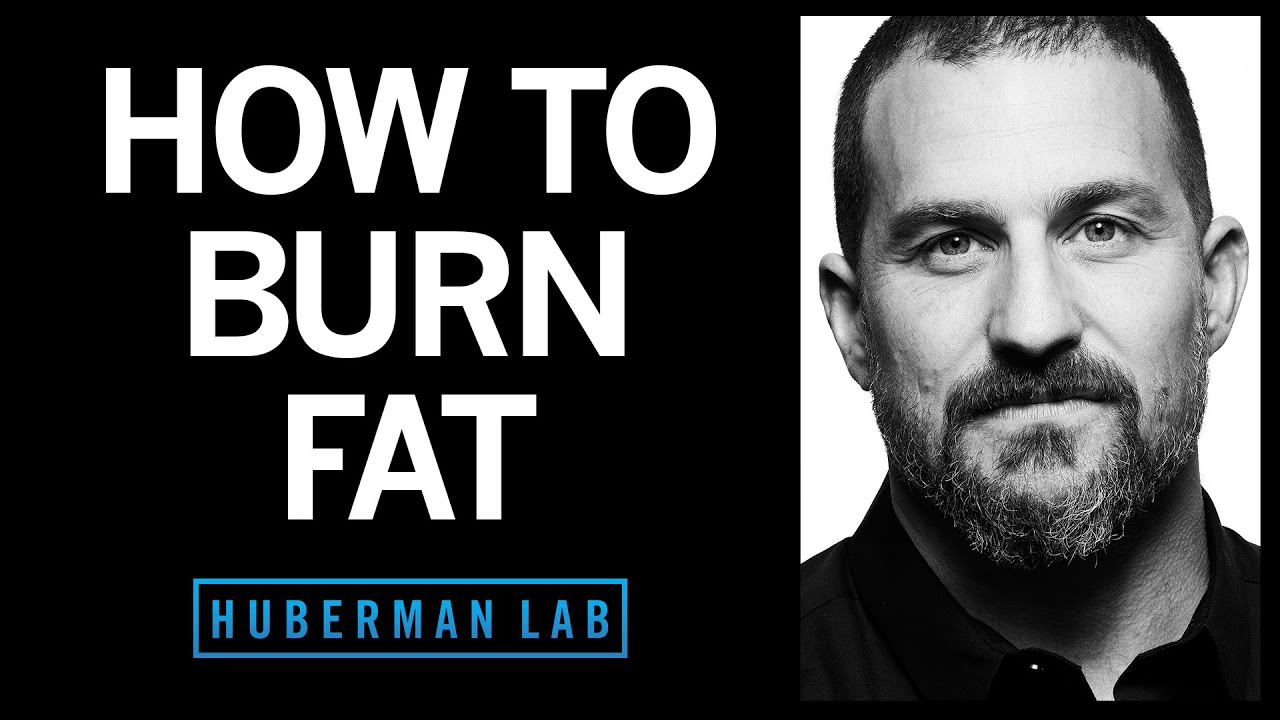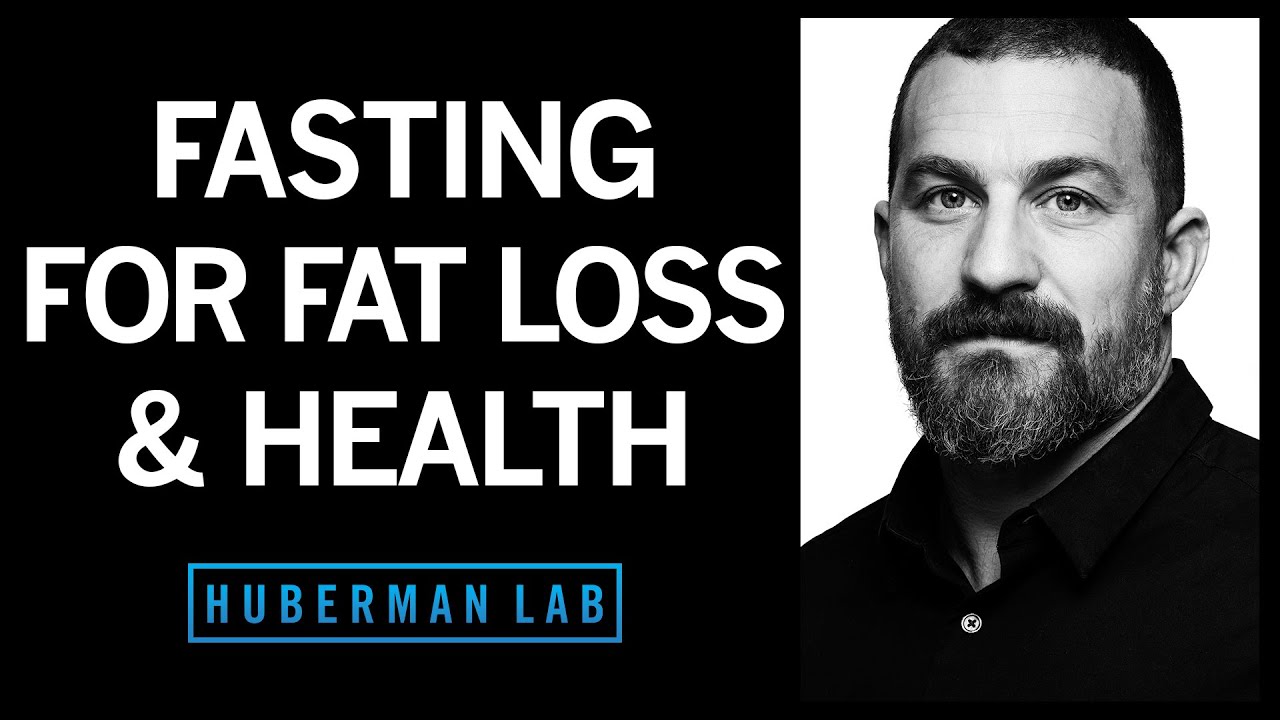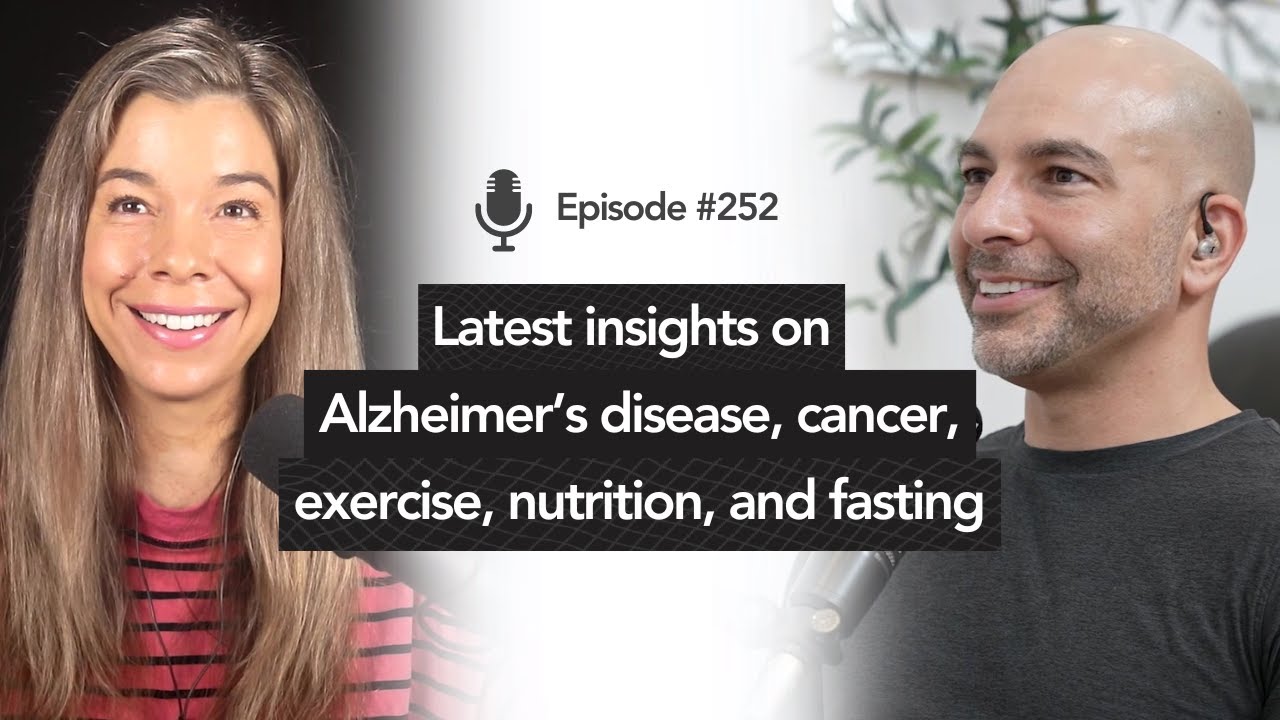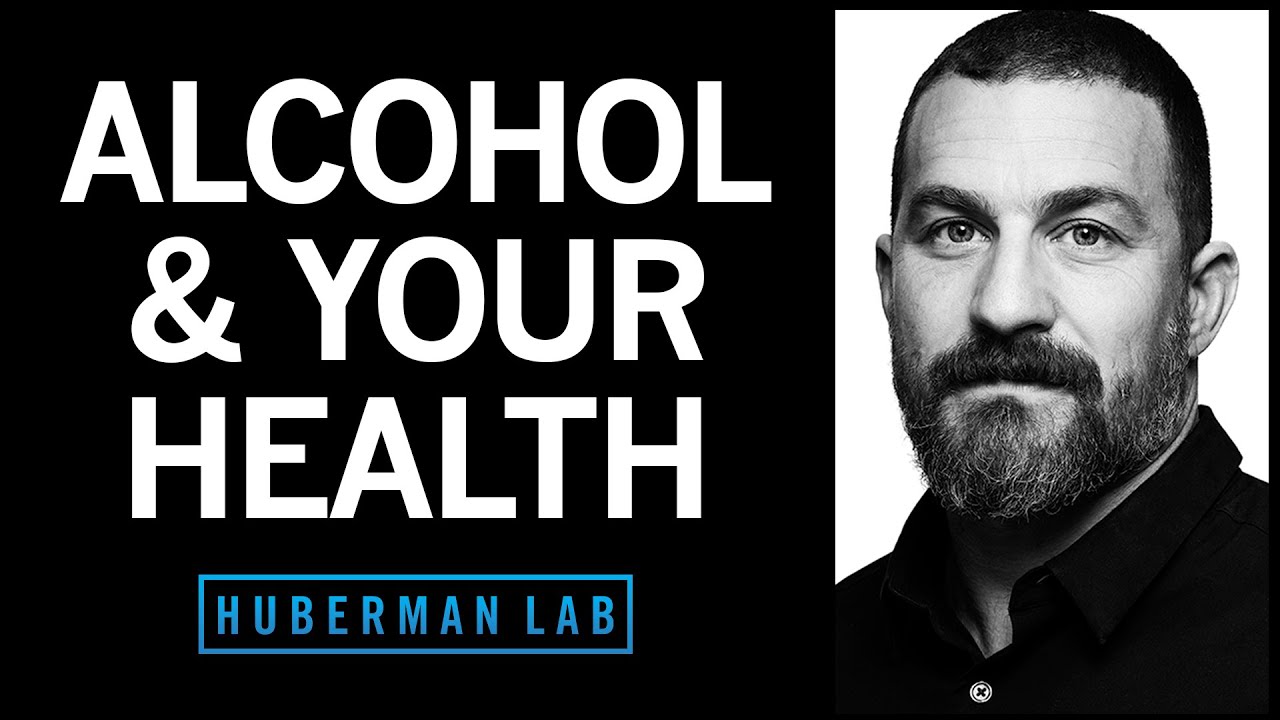- Understanding how our bodies use energy for different bodily processes, including exercise.
- Recognizing the crucial role that exercise plays in managing weight.
- Exploring the significant impact that fiber and probiotics have on maintaining a healthy gut.
- Examining the changes in evidence regarding cholesterol.
- Highlighting the significance of protein in building lean muscle mass.
The Science of Eating for Health, Fat Loss & Lean Muscle
The Science of Eating for Health, Fat Loss & Lean Muscle
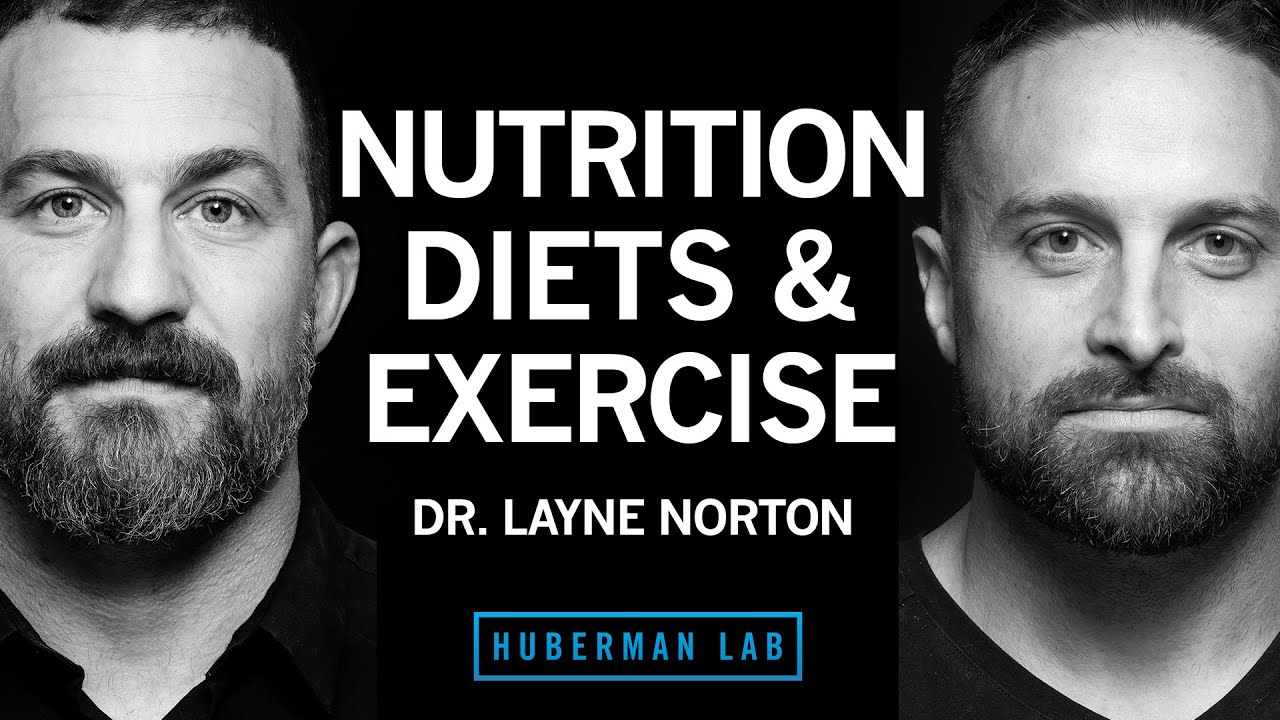
- Food needs to be broken down and transformed into a usable form of energy for the body.
- Regular exercise has a positive impact on your health, regardless of whether or not you experience weight loss. This healthy habit enhances the functionality of your body and contributes to an overall sense of well-being.
- A sustainable diet is one that you can adhere to for a longer period. It's best to opt for a type of restriction that feels the least overwhelming, like calorie or time restriction.
- To keep your gut healthy, focus on having diverse gut bacteria, eating soluble fiber as a prebiotic, and exercising regularly. Avoid consuming too much saturated fat, as it may not benefit your gut health.
- Protein is your best bet for lean muscle. Start by making small adjustments to your meals and increasing your protein intake to meet the requirements of about 1.6g-2.6g per kilogram of body weight.
Understanding Energy Balance and Utilization
Calories are a unit of measurement that determines the amount of energy stored in the chemical bonds of food. In essence, a calorie is a measurement of energy. However, not all sources of calories are equal, even though all calories are created equal.
Simply put, a calorie is the energy required to increase water temperature by one degree Celsius. For example, carbohydrates, with the exception of fructose, undergo a transformation process to become glucose, which then enters glycolysis. Alternatively, proteins are converted into amino acids, which can either be utilized for muscle synthesis or undergo gluconeogenesis to become glucose. Lastly, fatty acids generate energy through beta-oxidation.
Then there’s the basal metabolic rate (BMR), the fundamental indicator of how much energy individuals expend daily. It accounts for approximately 50-75% of the daily calorie burn, which takes place without any physical activity or exercise.
The BMR is closely linked to oxygen consumption, as the body uses oxygen to convert food into energy. Interestingly, a professional athlete can burn up to 20 calories per minute, a testament to the human body’s power and remarkable ability to adapt and evolve.
For most individuals, non-exercise activity thermogenesis (NEAT) is the most significant component of physical activity.
NEAT can include movements like:
- Fidgeting
- Spontaneous physical activity
- Waving hands
- Tapping feet, or
- Shifting weight from one side to the other.
Figure 1 highlights the pressures affecting the steady-state weight. The three pressures, all influenced by the underlying genetic disposition, interact with one another and culminate in a steady state weight at which the body resides. As mentioned earlier, changing any one of these pressures can alter this steady state weight.
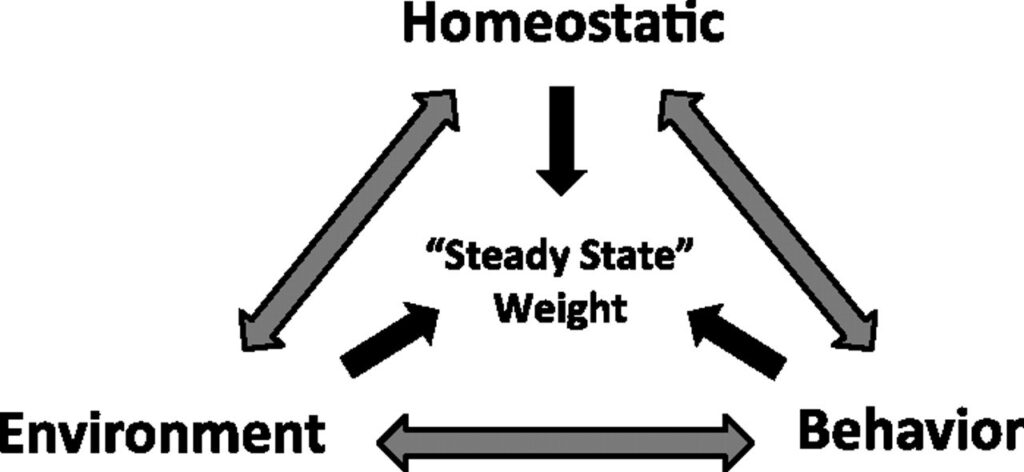
Source: https://journals.physiology.org/doi/full/10.1152/ajpregu.00755.2010
Exercise And Weight: What’s The Connection
Many people get discouraged when they see their weight fluctuate from day to day, but it’s important to understand that these changes are often due to changes in bodily fluids rather than changes in body fat. This knowledge can help prevent people from giving up on their weight loss journey.
While many wrist fitness trackers may overestimate the calories burned during physical activity, they can still be used for comparison. Remember, calorie trackers are not 100% accurate, but they can be helpful for those looking to track their progress.
Exercise not only burns calories, but it can also suppress appetite, leading to increased feelings of fullness. In fact, regular exercise is a key factor in successfully losing weight and maintaining it long-term.
Studies have also shown that sedentary people tend to eat more than active individuals, emphasizing the importance of incorporating physical activity into one’s daily routine. While many people experience initial success with a new diet, focusing on long-term maintenance of a healthy lifestyle rather than just short-term weight loss is important.
Finding a form of restriction that feels sustainable and allows for a balanced and enjoyable diet is important. Ultimately, the key to sustainable weight loss is finding the best exercise and nutrition plan that works for you.
The Microbiome
The current knowledge of gut health is in its early stages, and it may take up to two decades to establish a comprehensive consensus on this topic. However, it is understood that soluble dietary fiber functions as a “prebiotic” that benefits the gut.
Sources of dietary fiber include:
- Fruits
- Vegetables
- Certain whole grains, and
- Cereals.
It is recommended that individuals consume 15g of fiber per 1,000 calories of intake for optimal gut health. Fiber is deemed a “longevity hack” by Dr. Layne Norton due to its numerous benefits to the body. Furthermore, prebiotics are believed to be more effective than probiotics, as most probiotics are not strong enough to colonize the gut. Therefore, consuming prebiotics is a more effective way to enhance gut health than solely relying on probiotics.
Protein, Diet, And Muscle
Dr. Layne Norton stresses the importance of protein as the most significant macronutrient for maximizing protein synthesis. A protein intake of 1.6-2.6g per kilogram of lean body mass is recommended to achieve optimal results. However, there are no observable benefits to exceeding this range. It’s imperative to note that not all protein sources are created equal.
While protein distribution may not affect most individuals, it could be crucial for extended fasts lasting several days. Nevertheless, the critical factor is hitting the daily protein target.
Lastly, starting the day with a high-protein meal is an excellent way to achieve this goal. You could try consuming a protein shake rather than cereal. Minor modifications to increase protein in existing meals can also help. For instance, switching to leaner cuts of meat can boost protein.

Source:https://www.researchgate.net/figure/Safe-upper-limits-and-recommended
Cholesterol: It’s Not What You Think
The measurement of high-density lipoprotein (HDL), commonly known as “good cholesterol,” is an essential indicator of an individual’s metabolic health. A higher level of HDL in the body suggests that the person is in good metabolic shape. However, it is important to note that medications or drugs that increase the level of HDL do not necessarily reduce the risk of cardiovascular disease.
Conversely, continuous exposure to low-density lipoprotein (LDL), also known as the “bad cholesterol,” has an almost linear effect on heart disease. Nevertheless, it’s not solely LDL that’s accountable for this effect. Rather, it’s apolipoprotein B (apo(B)), which tends to track with LDL, that significantly impacts heart disease risk.
It’s important to note that having high HDL does not necessarily mean a lower risk level than someone with high HDL and LDL. Similarly, a person with low inflammation and LDL has a lower risk level than someone with low inflammation but high LDL. Interestingly, inflammation and LDL follow a similar pattern where a combination of factors determines an individual’s risk levels.
